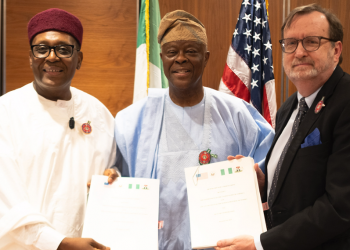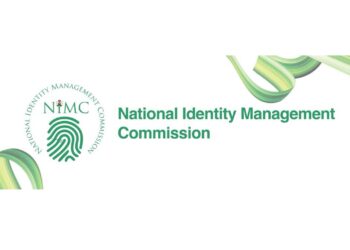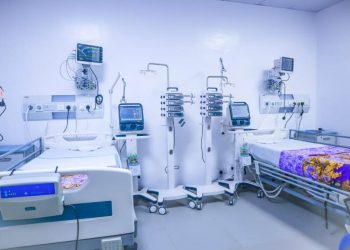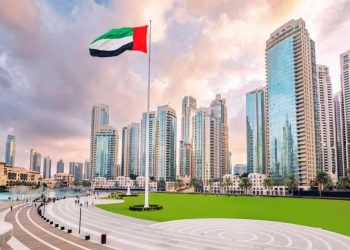Wastewater is produced from homes and business industries everyday; poor attention to this will have a negative effect on both humans, flora and fauna.
This report by P&S Intelligence expatiates the worth of maximising the treatment of wastewater to the global economy.
In 2021, the wastewater treatment plants market was predicted to be worth $117.2 billion, which will grow at a CAGR of 5.8% from 2021 to 2030, to $194.5 billion. The limited freshwater quantity throughout the world, as well as government environmental laws, are the primary drivers for the industry growth. Over the last 100 years, worldwide freshwater use has climbed sixfold. Furthermore, agriculture uses 69% of the world’s water, primarily for irrigation.
Therefore, many key players in the wastewater treatment plants market are actively building and investing in new facilities, to meet the booming water demand. These players include Bioxica, Hera Group, Organica Water, Ecofluid, Evoqua Water Technologies, Mitsubishi Chemical Aqua Solutions, Kubota Corporation, Fluence Corporation, Veolia, and Suez, WaterKiosk Africa, Grino Water Solutions, Boreal Light, Tech Water Solutions, Everwaters, I-Drop Water, eWaterPay, Majik Water, Mascara and many others.
Industries produce such used water constantly, and it must be cleaned before being discharged into lakes and rivers. The number of companies reporting water utilization reduction goals to the Carbon Disclosure Project has increased in the last four years. However, the number of corporations reporting higher water withdrawals has also risen.
The APAC region leads the wastewater treatment plants market because of the growth of the electricity, oil & gas, pulp, chemicals, and other industries. This leads to a rise in the generation of wastewater and, in turn, the need for effluence treatment facilities.
Again, while China is home to 21% of the people in the world, it only has access to 6% of the world’s freshwater resources. The country released around 55.7 billion cubic meters of wastewater and built approximately 39,000 wastewater treatment facilities in 2020.
Veolia Environment announced plans to construct a $19.8 million (EUR 18 million) wastewater treatment plant in Serbia, in March 2022. Construction is planned to begin over the next 12 months with a 3.5-year project duration.
Similarly, Suez obtained a build-and-operate deal for an industrial wastewater treatment facility in Changshu in April 2022, through a partnership with Jiangsu Sino French Water Company Limited.
More than half the wastewater treatment plants’ market revenue comes from effluent wastewater treatment facilities, due to the massive amount of wastewater produced by companies. Industrial water withdrawals are predicted to double by 2030, as per forecasts in the United Nations World Water Development Report 2021.
Industrial wastewater is increasingly being treated with the electrochemical technology, to recover valuable products, such as chemicals, metals, salts, and nitrogen. Chemical oxidants are formed by redox reactions on the surface of the electrodes in this process.
Various approaches, including electrochemical oxidation and reduction, electrochemical coagulation, and electrodialysis, and the microbial electrochemical technology can be used to accomplish this.
Flow rates range from a few cubic meters to 20,000 cubic meters per day in electrochemical treatment facilities for drinking water, process water, and brackish water. For low-to-medium wastewater flow rates, of up to 500 cubic meters per day, electrochemical techniques are often utilized.











